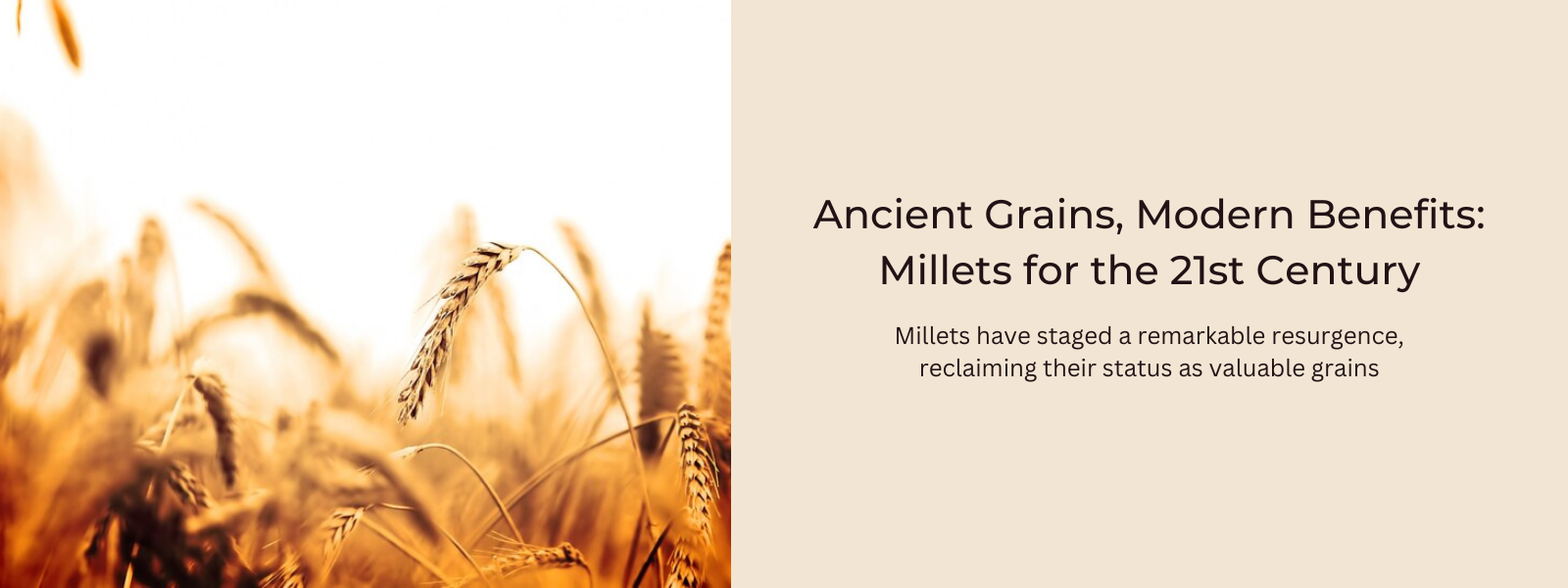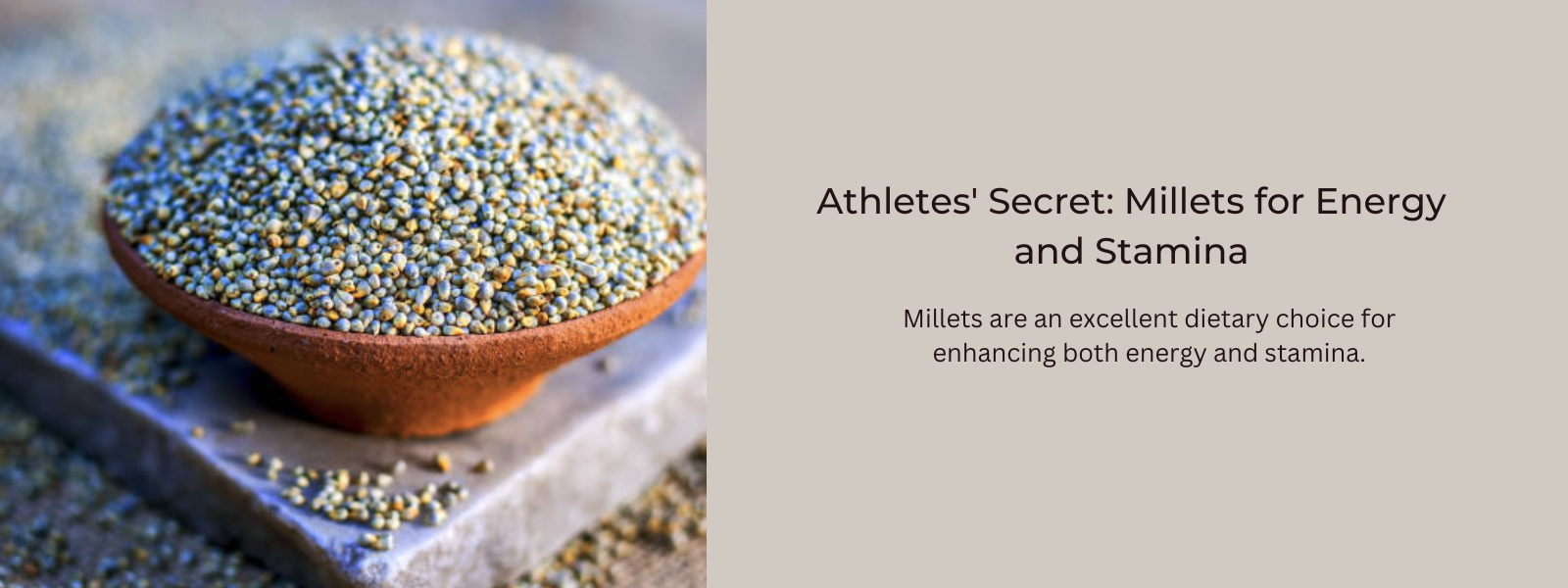Millets carry profound cultural significance across various regions worldwide, embodying heritage, traditions, and local identity. In many cultures, millets are more than just grains; they symbolize resilience, sustenance, and community ties. Their cultivation methods, harvesting rituals, and inclusion in traditional cuisines mark important milestones in cultural practices and festivities. Millets often hold religious significance, used in religious ceremonies, rituals, and offerings. They also reflect the wisdom of indigenous agricultural practices passed down through generations. Moreover, millets' adaptability to diverse climates and their ability to thrive in harsh conditions have made them a symbol of resilience and sustainability. As these ancient grains continue to be cherished, their cultural significance persists, connecting communities to their roots and preserving culinary heritage for future generations.
Table of Contents
- 1. Cultural Significance Of Millets In India:
- 2. The Cultural Significance of Millets in Different Regions Of India
- 3. Cultural Significance Of Millets In Southern India
- 4. Cultural Significance Of Millets In Western India
- 5. Cultural Significance Of Millets In Northern India
- 7. Cultural Significance Of Millets In Eastern and Northeastern India
- 8. Conclusion:
Cultural Significance Of Millets In India:
Millet holds a profound place in Indian culture, deeply woven into the fabric of culinary traditions, rituals, and daily life. Across various regions in India, millets like Ragi, Jowar, Bajra, and others are revered as ancient grains that have sustained generations for centuries. They're not just dietary staples but symbols of heritage and local identity. Millets are celebrated in diverse forms, from Ragi Mudde in the South to Bajra Roti in the West, signifying not only nourishment but also cultural richness. Their presence is evident in festivals, religious offerings, and traditional ceremonies, where millet-based dishes hold special significance. The adaptability of millets to diverse climatic conditions further accentuates their importance, serving as a resilient crop in agricultural practices, contributing to the country's agricultural heritage and sustainability efforts. Thus, millets serve not just as a source of nutrition but as cultural treasures deeply intertwined with India's culinary legacy and cultural diversity.
The Cultural Significance of Millets in Different Regions Of India
Cultural Significance Of Millets In Southern India
Ragi (finger millet) is a staple in Southern Indian states like Karnataka, Tamil Nadu, Andhra Pradesh, and Telangana. It's used to prepare Ragi Mudde, a nutritious and wholesome ball-shaped dish, along with Ragi Dosa, Ragi Idli, and Ragi Porridge. These dishes are not only delicious but also rich in nutrients.
Cultural Significance Of Millets In Western India
Jowar (sorghum) and Bajra (pearl millet) are commonly consumed in states like Maharashtra, Gujarat, and Rajasthan. Bhakri, a type of unleavened flatbread made from Jowar or Bajra flour, is a staple accompaniment to many meals. It's considered a nutritious alternative to wheat-based rotis or bread.
Cultural Significance Of Millets In Northern India
Bajra features prominently in the cuisine of Rajasthan, where Bajra Roti (flatbread) is a dietary staple. It's often served with dishes like Lapsi (a sweet porridge made from cracked wheat and Bajra), along with various vegetable curries.
Cultural Significance Of Millets In Eastern and Northeastern India
Millets such as Kodo, Barnyard, and Little Millet are used in various dishes in regions like Odisha, West Bengal, and the Northeastern states. Millet-based snacks, porridges, and fermented beverages are commonly prepared.
Conclusion:
These diverse uses of millets in Indian cuisine showcase their adaptability, nutritional richness, and cultural significance. Millets have been an integral part of local diets for generations, reflecting the deep-rooted traditions and culinary practices in different regions across the country.











Leave a comment